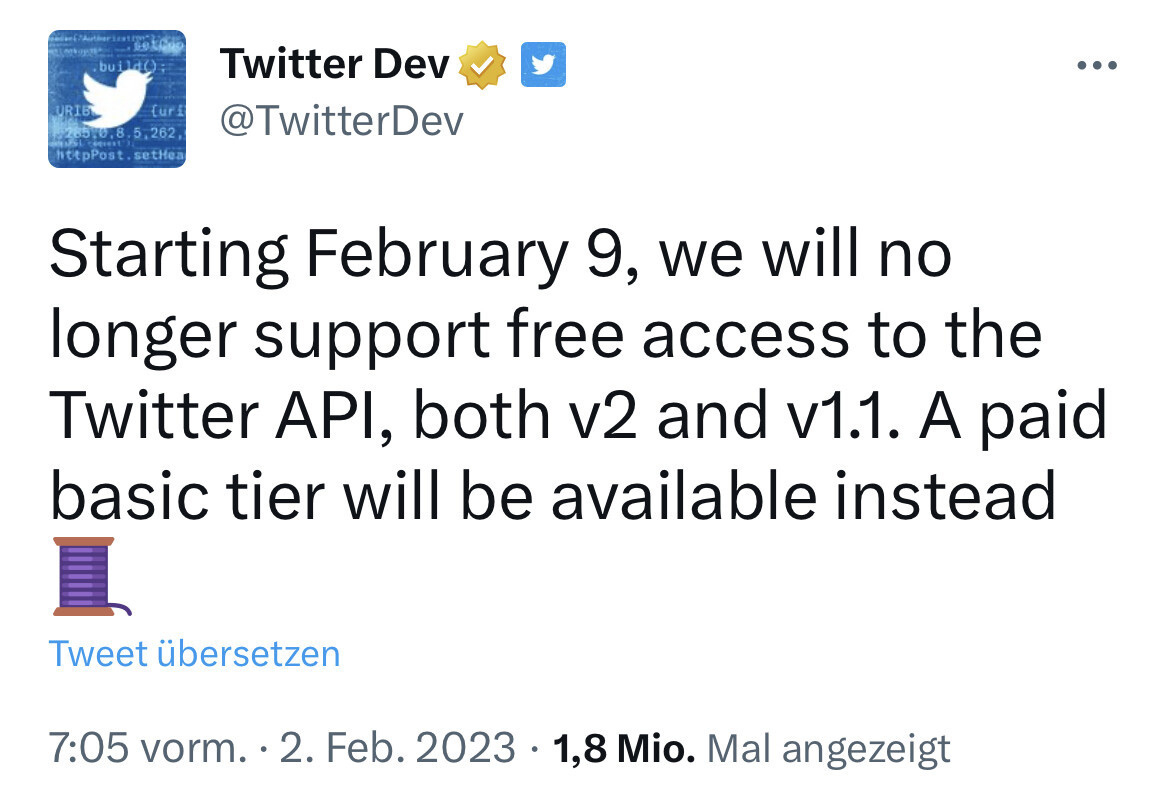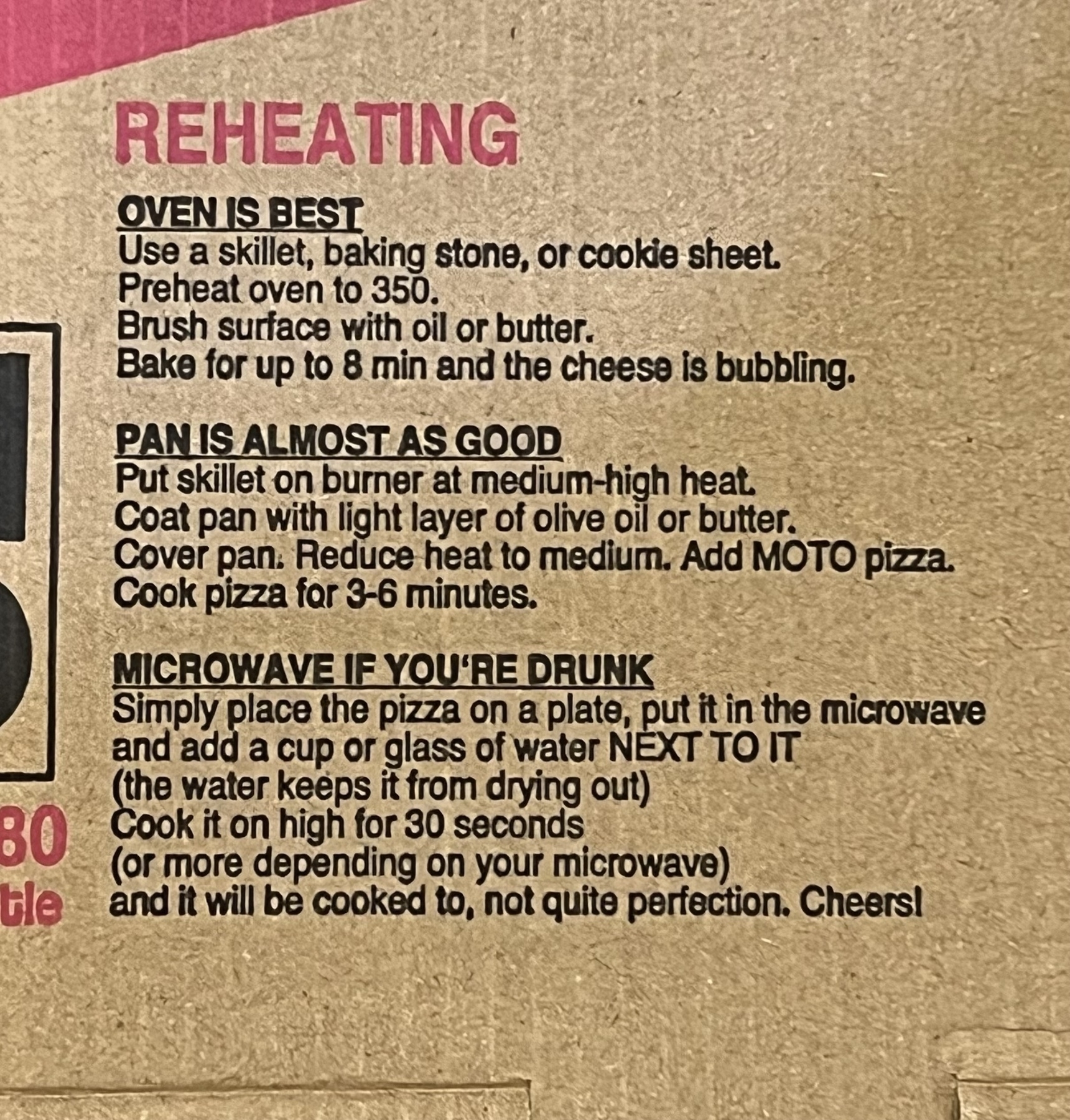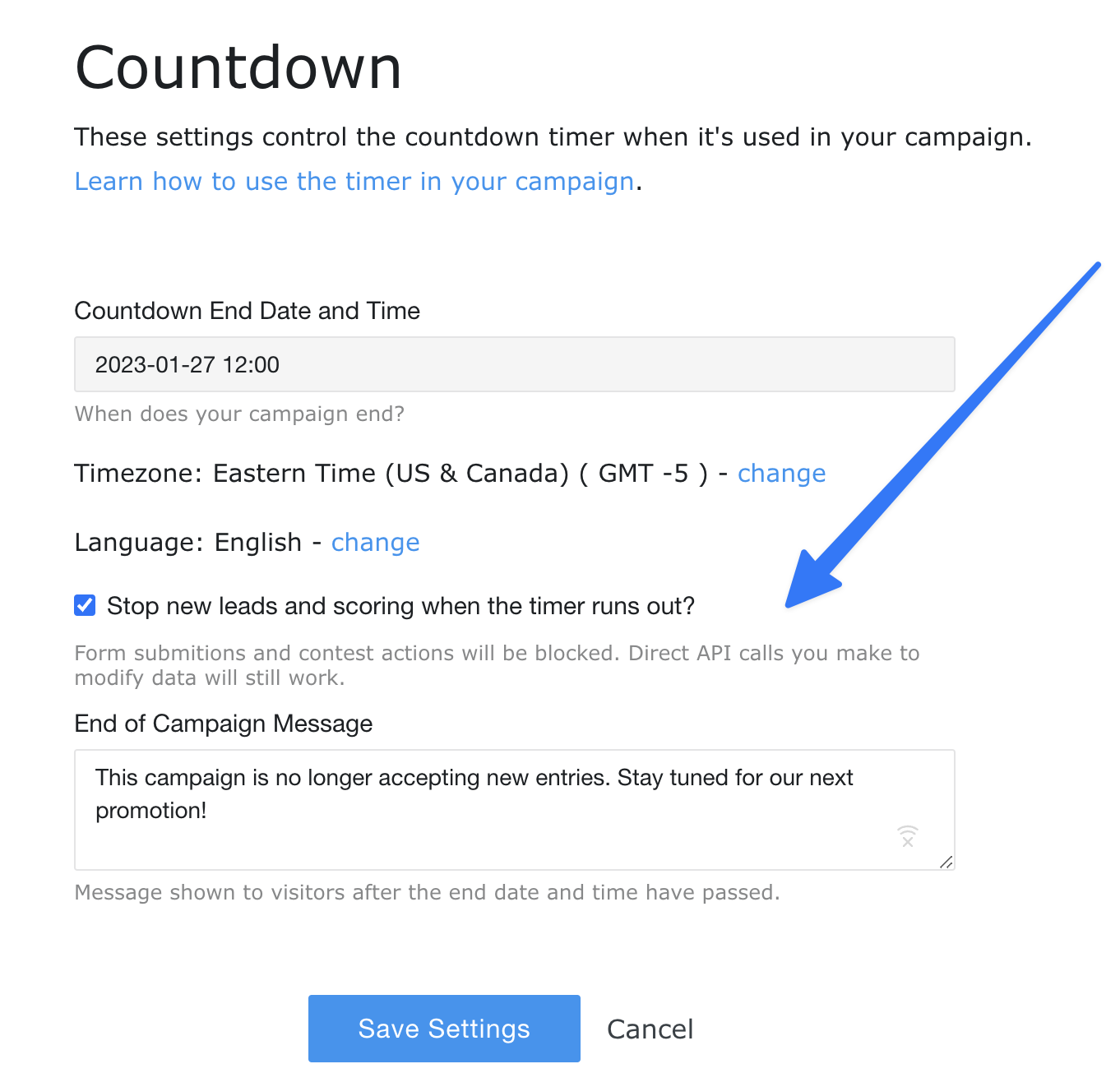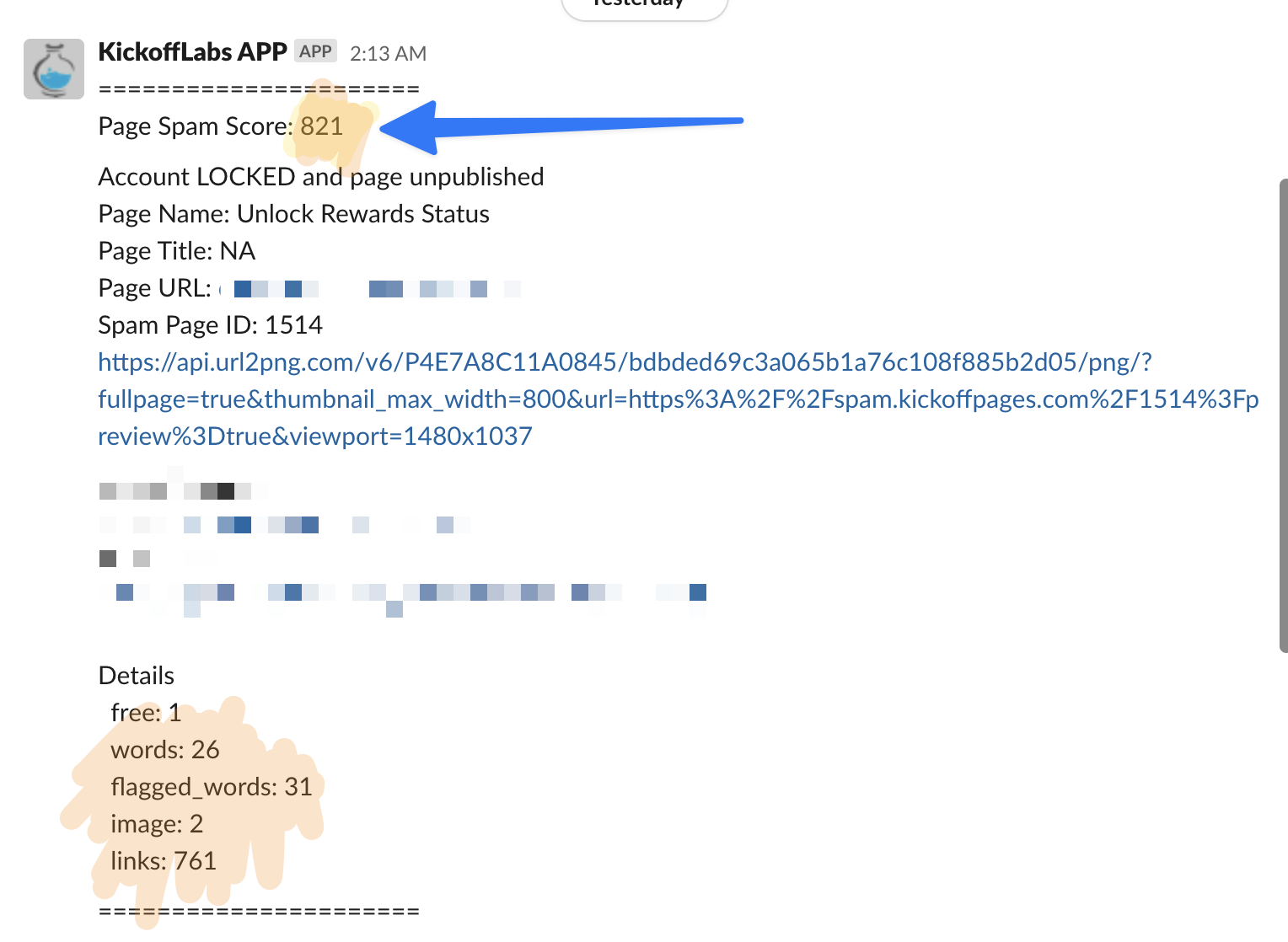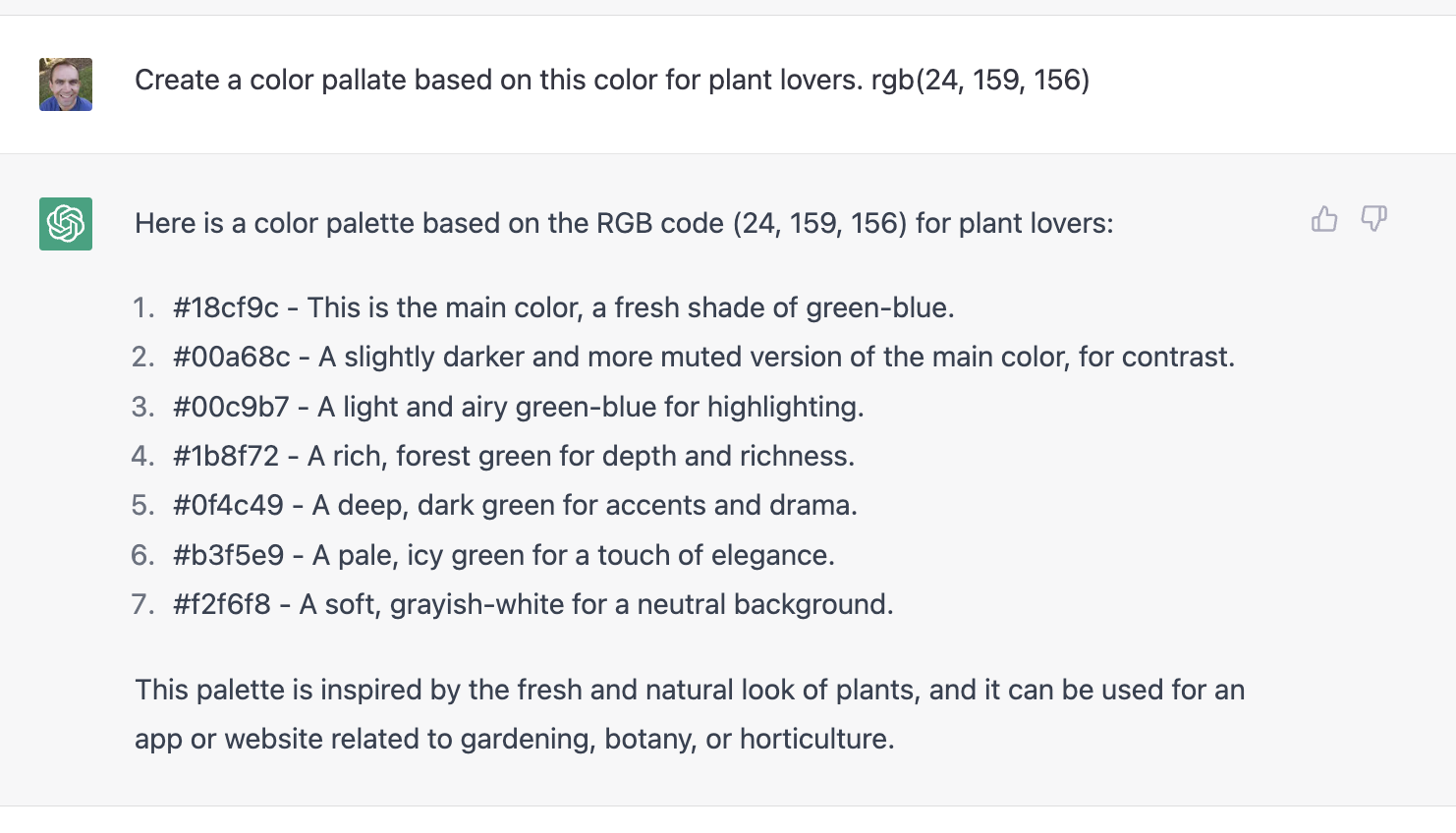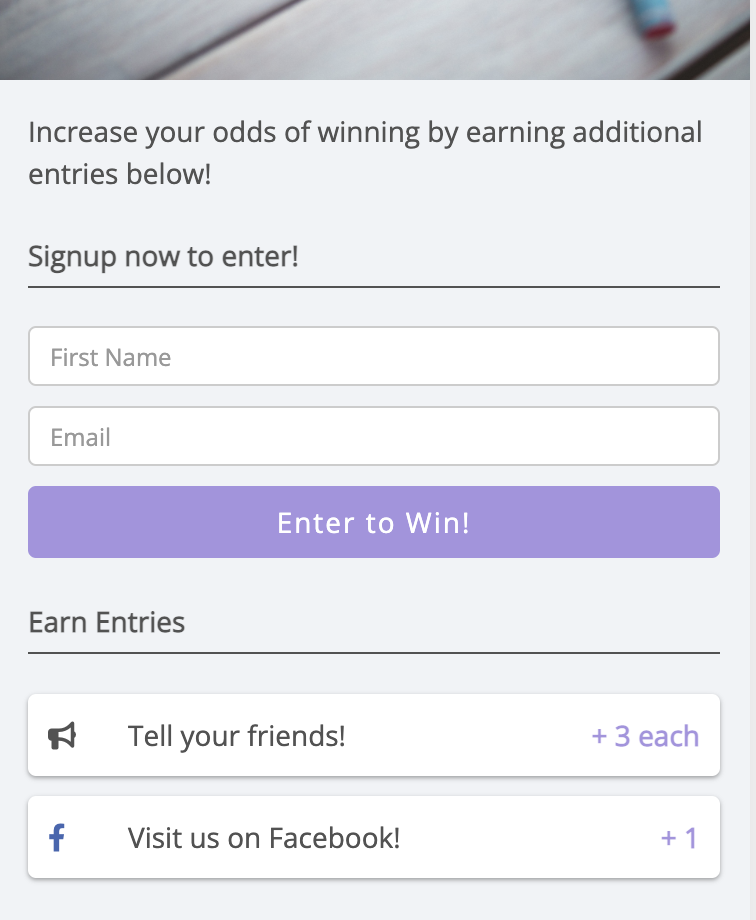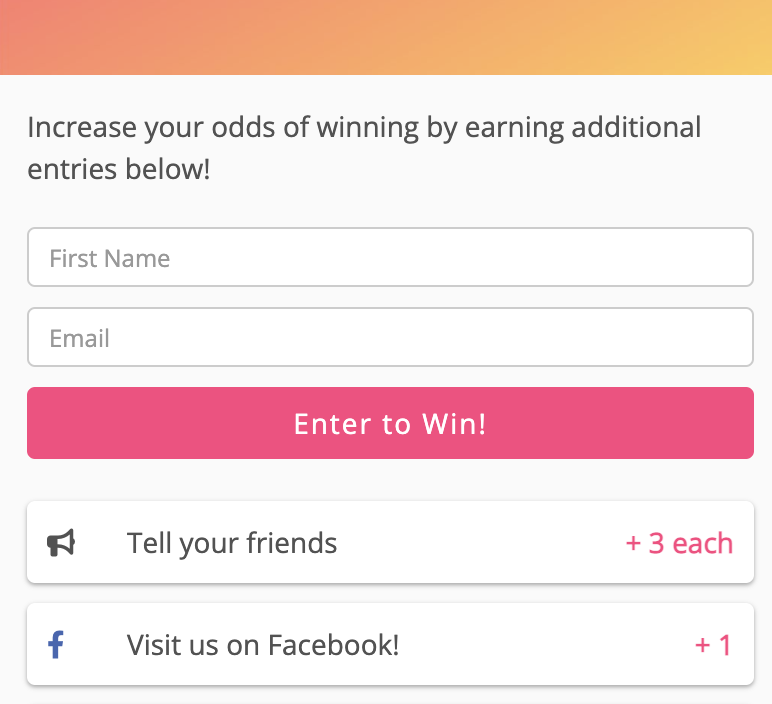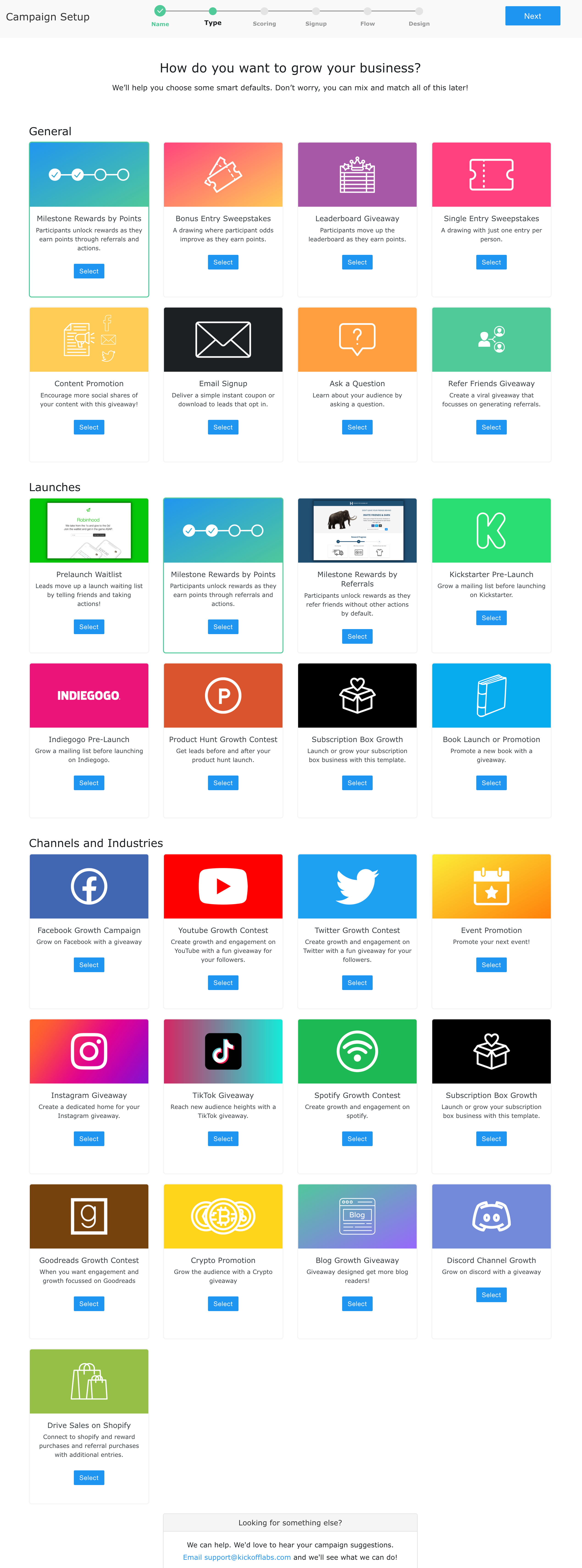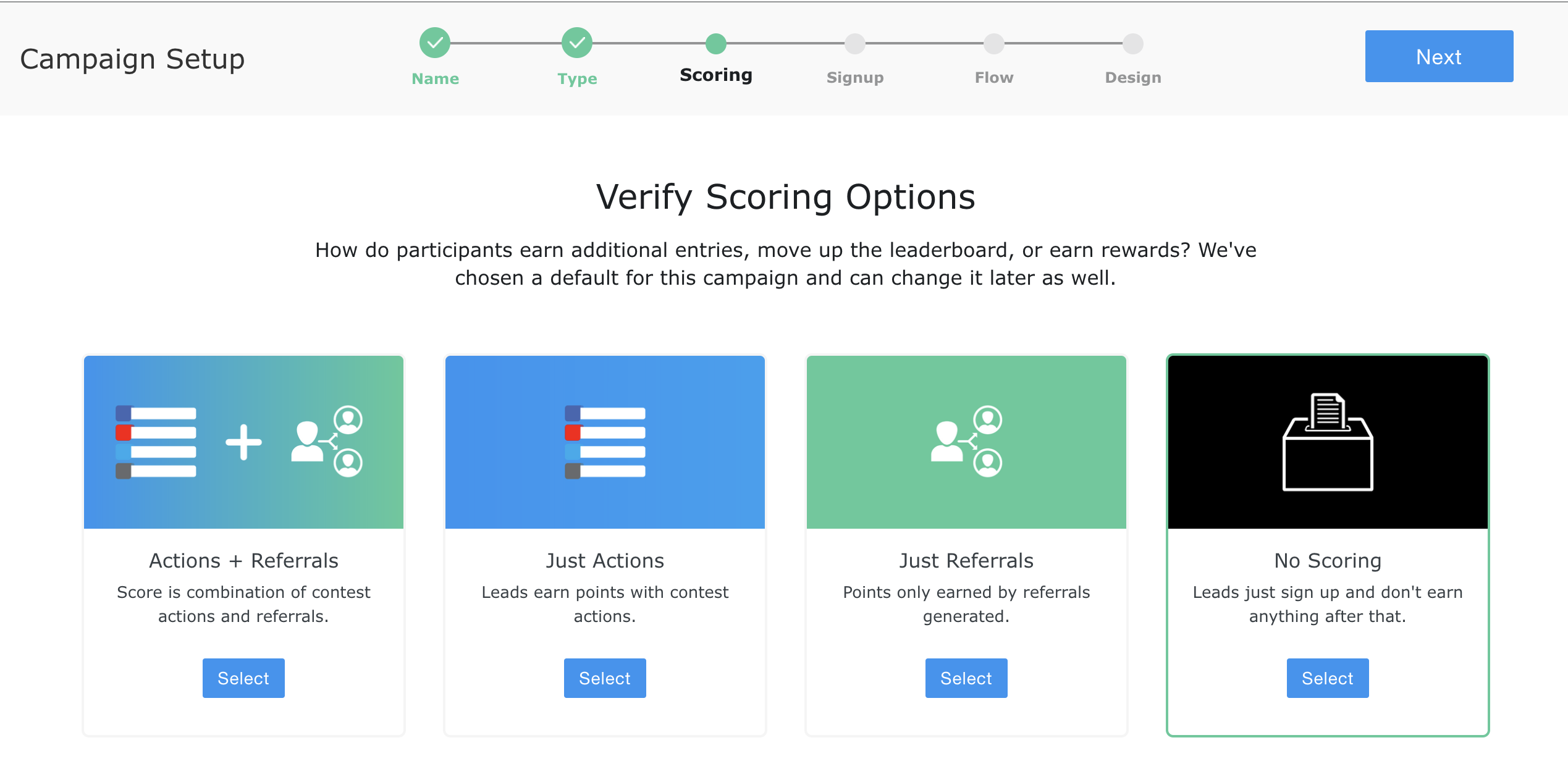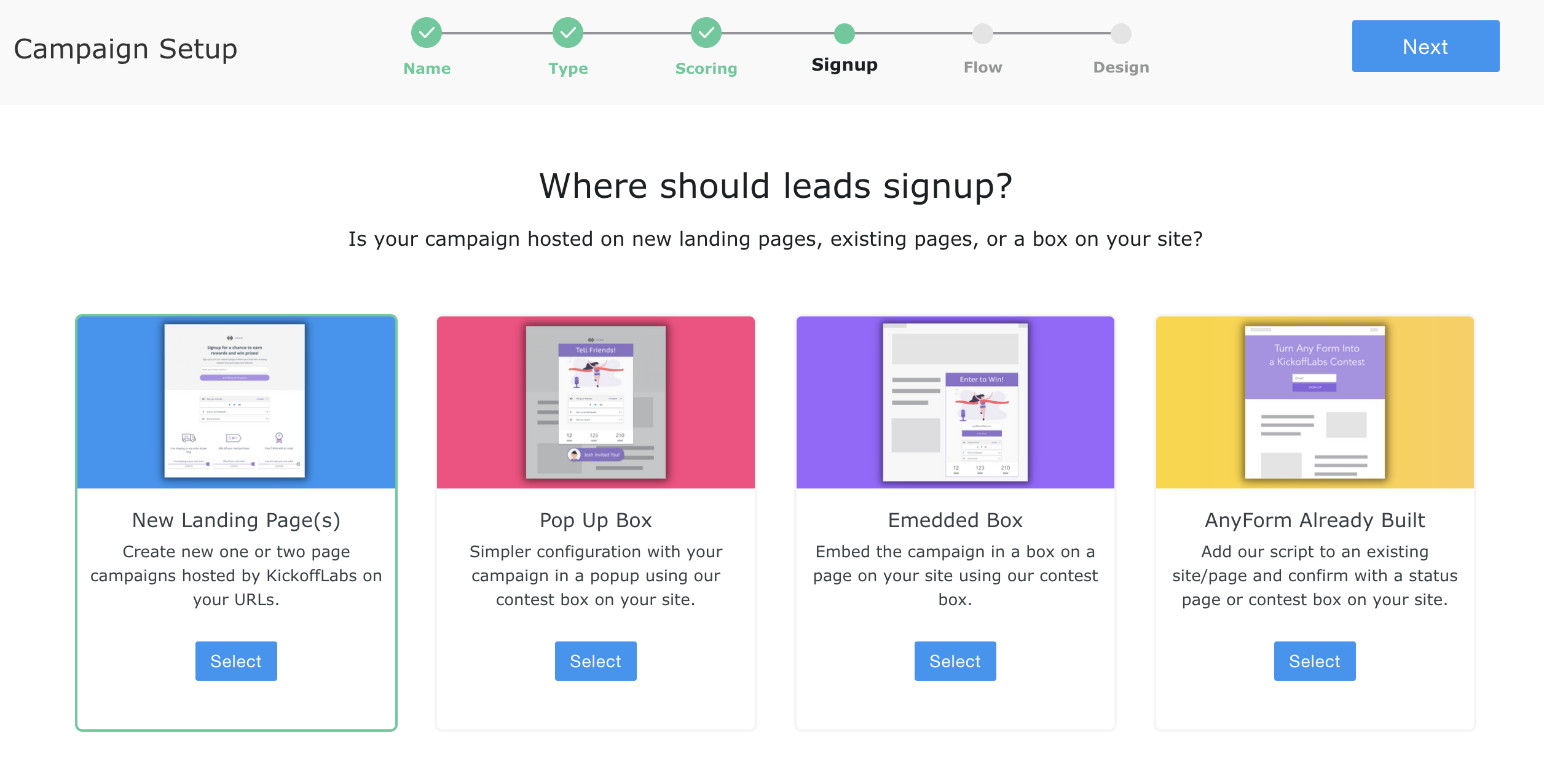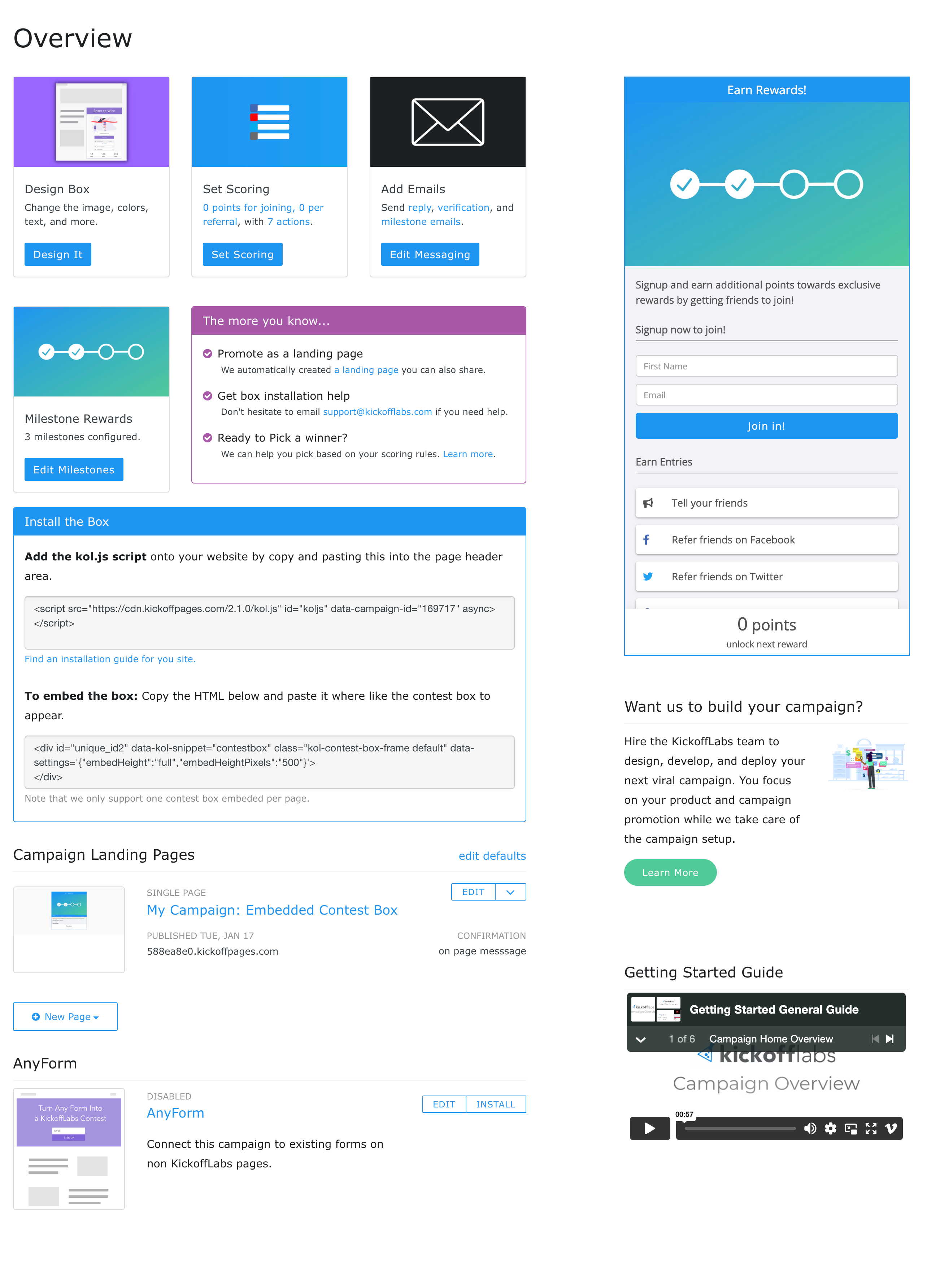I’ve been running an AirBnb out of my basement for almost 6 years now. Last year we added a full home in Bend OR as well. There are lessons to be learned, and relearned, from running an AirBnb that apply to running any online startup or small business. I wanted to take the time to share those with you in case you are thinking about launching your own business.
Get thick-skinned
There will always be people will leave crappy reviews. It’s possible they had legitimate issues you should address or it’s possible they just picked the wrong place to stay or it’s possible they just woke up on the wrong side of the bed with issues in their lives that make them feel like being terrible to others. Sometimes you won’t know, but you need to work on not taking the feedback too personally.
Categorize feedback objectively
You have to remain objective and ask yourself what category the feedback falls into. Actionable and worth doing, actionable and not worth it, or just not applicable to your core business and best customers.
Sometimes you take it to heart and add extra blankets and towels that people think you need and other times you just have to admit that they weren’t the best fit because they imagined they could walk to the Space Needle in two minutes from your place even though they could see it on a map!
Know who your best customers are
It took a while to learn, through watching the feedback, that the best customers for the basement in Seattle are older couples looking to visit their children, or grandchildren that live in a more hip Seattle neighborhood. Once we started changing the descriptions, rules, and marketing to make that clear we got more of those customers.
For example, We put the neighborhood name in the listing. When people look it up they find out it’s a flat area that’s a little further away from the main downtown. We also added a handy guide to show how far away certain attractions are. This wasn’t just to draw in new people… but to help people that wanted to be in the middle of the nightlife to opt out so they wouldn’t be disappointed.
Use feedback from your best customers to update your marketing
The home in bend is much closer to the downtown area and people often commented on how nice that was… so we called that out in the headline. Same with the hot tub and outdoor areas of the house. People would mention it specifically in reviews so we made sure to feature those things.
Set Expectations
This could also be written as setting expectations for your customers. For Airbnb hosts it’s important to set the guest’s expectations about your rules (quiet hours, guest limits, etc) and anything else they might experience during their stays. In Seattle, we also live upstairs so we mention that you’ll hear a family upstairs if you stay there in the copy and in communications with the guests.
For your product, you might need to tell people what platforms/integrations, for example, you support and don’t support so they know ahead of time. Figure out what the important expectations are, set them, and meet them for your customers.
Beware the Platform Risks
Yes - Airbnb is 90% of the market for people searching outside of hotels. That’s a huge platform risk for hosts that can be de-listed, lose super host status, or just fall prey to any one of Airbnb’s UI updates. For that reason, we’ve worked to get listed on other sites as a backup and also will be setting up our own site in the next year.
If you build a business on Shopify for example… know they could kill it with one feature release, pricing change, or de-listing your integration from their store. Just be ready to eventually outgrow a dependency on a single platform.
Don’t neglect onboarding
The most common questions we used to get as Airbnb hosts are:
- What’s the wifi code?
- What’s the parking situation?
- Do you have recommendations for food in the area.
The commonality in all these questions are things people generally need/want to know within the first hour of checking into the place. So we’ve made sure to include ansers to all these in multiple locations… emails they get before check-in, on signs in the house, and guest books we leave.
At KickoffLabs anytime we can improve the onboarding experience for people in their first 30 minutes of usage we almost always see a bump in revenue. You could have a great product… but if you don’t show people the basics they aren’t going to find out what sets you apart or have a great experience.
Set boundaries
Another common request from guests is: “Can we check in 4 hours early/ Check out 4 hours late?”. We could drive ourselves, and the cleaning crew, crazy trying to turn things around in a couple hours… or we could say no and focus on making sure the time they do spend at our place a good one.
Your online business is no different. You are going to start having customers with all sorts of random requests.. for meetings, features, improvements, etc. You have to be OK with saying no to the things that aren’t your core business, or strategy, or would just simply drive you and your employees crazy.
Delivery unexpected delight
I hear other hosts have stopped leaving welcome packages for guests. I think that’s crazy and offers the rest of us a chance to stand out more by offering a bottle of wine, bottled water, coffee, chocolates, etc available to people when they check-in. Who doesn’t like to nice surprises as a first impression?
Know what to hire out
We used to use a management company that handled everything. There were two problems with that:
- They charged close to 40% of the booking revenue.
- Because they wanted us to be hands off they often didn’t let us know about feedback or things we should improve. So we couldn’t use a feedback loop to improve the product effectively.
We found tools to automate a lot of the customer setup and communication and even let us maintain a list/newsletter for past guests that want to know about booking direct or discounts.
We still hired out the cleaning and house setup to a great set of people that get the place way cleaner than we could and set the locations up exactly how we wanted for guests. Totally worth paying for and still a lot less than 40%. :)
Something will break and that’s OK
The heat will go out, a toilet will clog, and your online servers will go down. The important part is to be prepared to communicate with your customers and make things right for them.
Sometimes it’s just getting it fixed right away and other times it might include sending a partial refund for lost time and service. It sucks… but you can’t just ignore it when problems pop up. You have to have a standard way to being open and understanding of the impact customers may experience from an outage. Just be prepared for things that are out of your control to go wrong.
Leave small tips around the house for anything complicated like the TV. :) Once you get past onboarding customers they still need help with the next batch of features. Integrate small tips into email sequences and the product UI directly. Obvious to you is NOT obvious.
Decorate your space. This is more about your brand. How do you want people to feel in your house also applies to how you want them to feel when they use your product. Decorate appropriately.
Have plenty of supplies on hand. No one likes running out of toilet paper or not having a flash light should the power go out. Does your product handle the customer volume? Do you have help articles on the ready should something go wrong with common solutions?
Price well. We did a lot of research on the compatible AirBnbs in the area and even found a nifty tool to set dynamic pricing and custom pricing rules. Are you charging enough for your business and the experience you are providing or are you drowning in too many low-end customer support requests for people who will ultimately churn?

